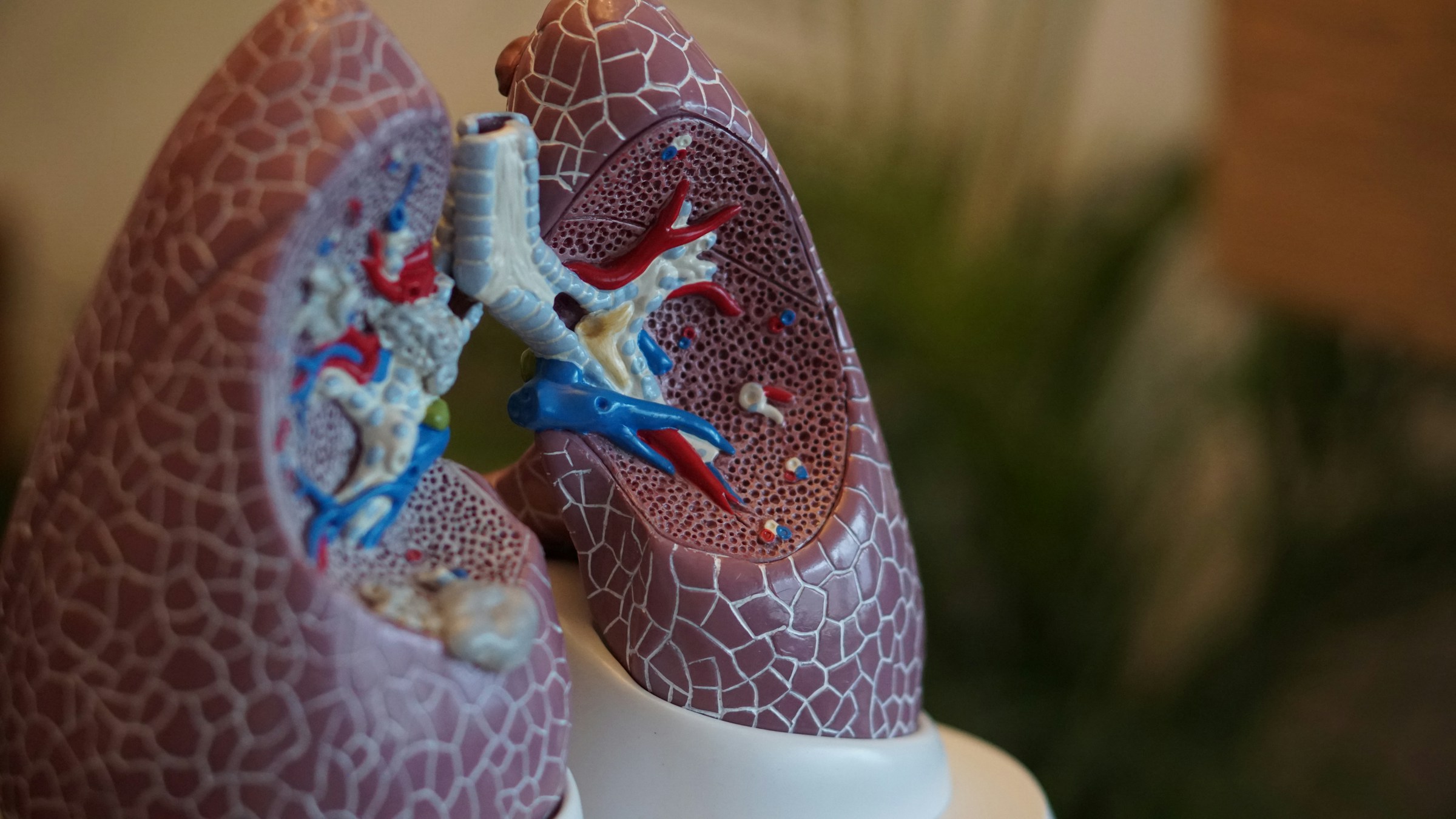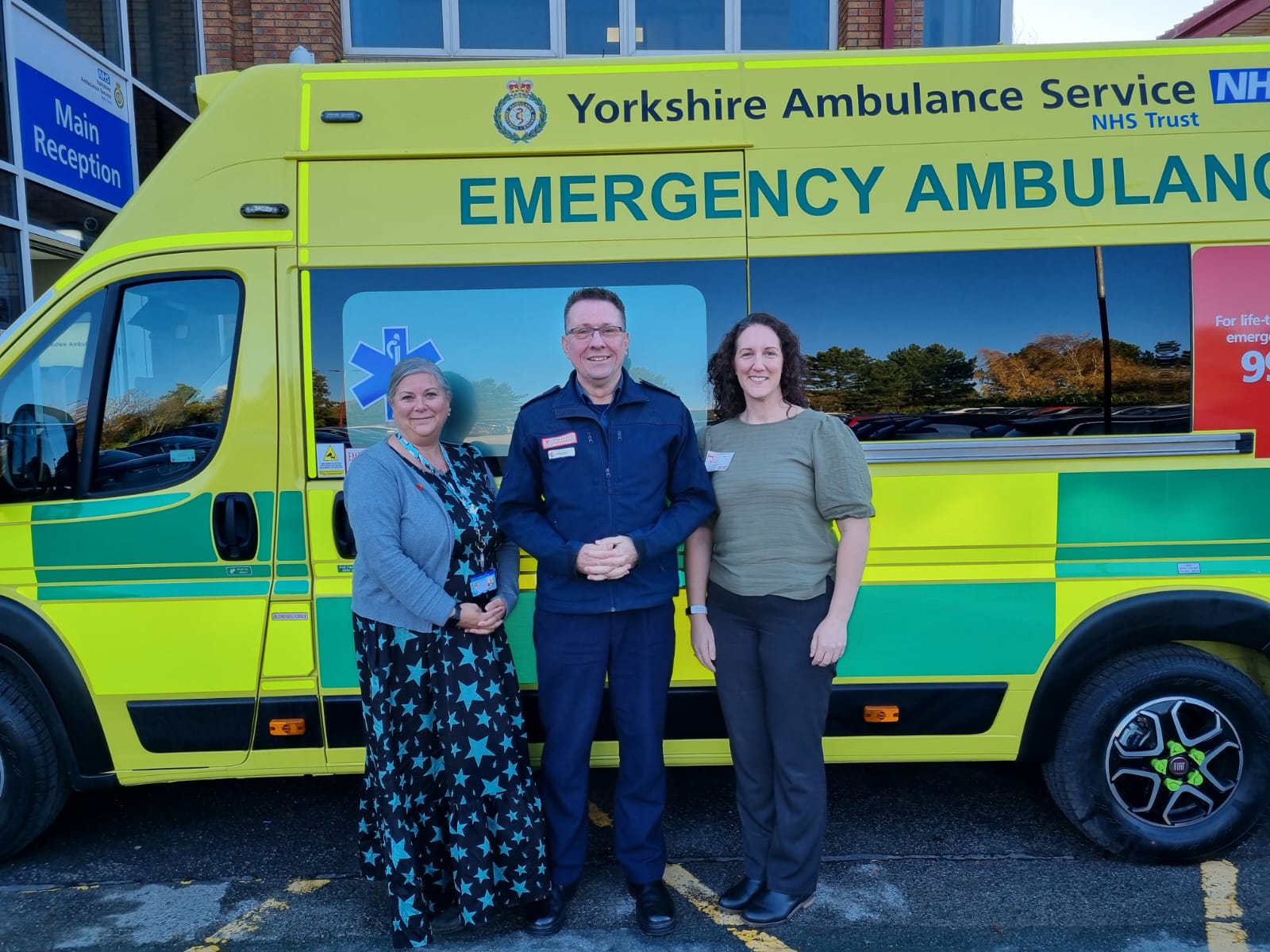How Will New MRI Scanning Technology Improve Clinical Accessibility?

It has been announced that MRI scans which will improve the diagnosis of lung diseases will benefit from part of a £149 million investment to bring UK business and academics together to accelerate research.
More than £2.7 million has been awarded to a team of scientists at the University of Sheffield and GE Healthcare to further develop a novel type of MRI scanning technology that produces unique images of the lungs. It can pick up on lung abnormalities previously undetected with routine tests.
The technology could help to improve the diagnosis of lung diseases, such as chronic obstructive pulmonary disease (COPD).
Research efforts will be amplified through the research
This novel method was developed by the POLARIS research group led by Jim Wild, Professor of Magnetic Resonance Physics and Director of the INSIGNEO Institute who are pioneering new research and translating it to clinical practice.
Professor Jim Wild from the University of Sheffield explained that the technology could help to support the healthcare sector in discovering lung problems earlier: “Xenon MRI is uniquely placed to help detect early signs of lung disease or damage in the lungs which would otherwise go undetected by routine tests.
“Combining the added sensitivity of xenon MRI with cheaper low-field MRI technology could really help push this modality closer to the patients who may benefit from it most in the NHS.”
Continuing, the Professor added: “The technology is exquisitely sensitive, safe even for children and infants. The scan takes just a few minutes and, as it does not require radiation exposure, it can be repeated a number of times to see changes in the lungs with disease progression and in response to treatment.”
The technology not only could help to amplify research efforts but also help with costs, he said: “This new £2.7 million funding and industry collaboration with GE Healthcare will help us to develop and integrate computer hardware and software making it possible to use hyperpolarised xenon technology on existing MRI systems and further research high-quality imaging at low-field strengths.”
“This will not only save money but it will also make the revolutionary imaging available to more patients and groundbreaking clinical research.”
The healthcare sector will benefit from lower costs and improved patient outcomes
Respiratory disease affects one in five people in the UK, creating a massive burden on healthcare which costs the NHS more than £6 billion annually. Respiratory disease is the UK’s fourth biggest killer but amongst the most neglected diseases in terms of advanced diagnostics and effective treatments.
The new Prosperity Partnership funding will enable Sheffield scientists and leading medical technology innovators at GE Healthcare to improve imaging of lung disease in existing MRI machine designs and create new designs for MRI machines with radically lower costs through lower magnetic field strengths.
These innovations aim to make wider healthcare uptake of MRI possible, increasing the availability for patients and clinical research. This will achieve both the commercial benefits and, through radically improved diagnostic imaging, the healthcare benefits of lower costs and improved patient outcomes.
Funding support is helping to position the UK as a science superpower
The new low-field and lung MRI scanning technology project is one of 19 initiatives receiving part of £149 million, funding jointly by the Engineering and Physical Sciences Research Council (EPSRC), part of UK Research and Innovation, with £57 million of EPSRC funding boosted by £4 million from UKRI’s Biotechnology and Biological Sciences Research Council (BBSRC) and Medical Research Council (MRC).
This public funding is being matched by a further £88 million from academia and business. All 19 projects are a significant investment in the UK’s future and are expected to make a real difference to people’s lives.
Dr Andrew Bourne, Director of Partnerships at EPSRC said: “Prosperity partnerships demonstrate how business and academia can come together to co-create and co-deliver research and innovation that address industry-driven challenges and deliver economic and societal impact.
“These new projects showcase the breadth of research and innovation in the UK, covering a wider range of sectors, and support the UK’s ambitions to be a science superpower and an innovation nation.”
Other projects include a new fibre optic cable which could be used to create a new generation of data centers and optical networks that would enable ultrafast internet and cloud services, new knee replacement technology that could bring benefit to people with osteoarthritis, a condition that affects millions of people in the UK, a new generation of air travel technologies which would help to decarbonise aviation and pave the airways for hydrogen-fuelled aircraft, reducing the environmental impact of air transport.

